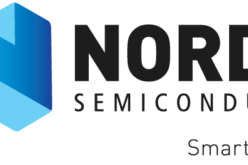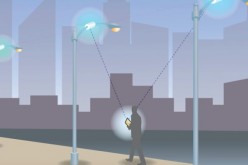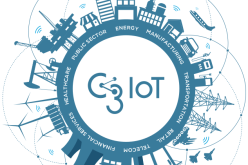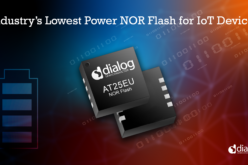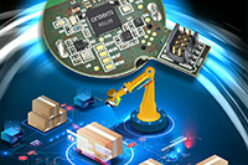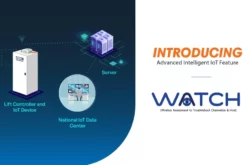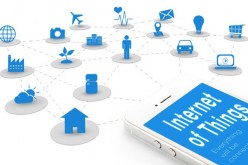IoT and RTLS: Providing Solutions to Smart Hospital Challenges
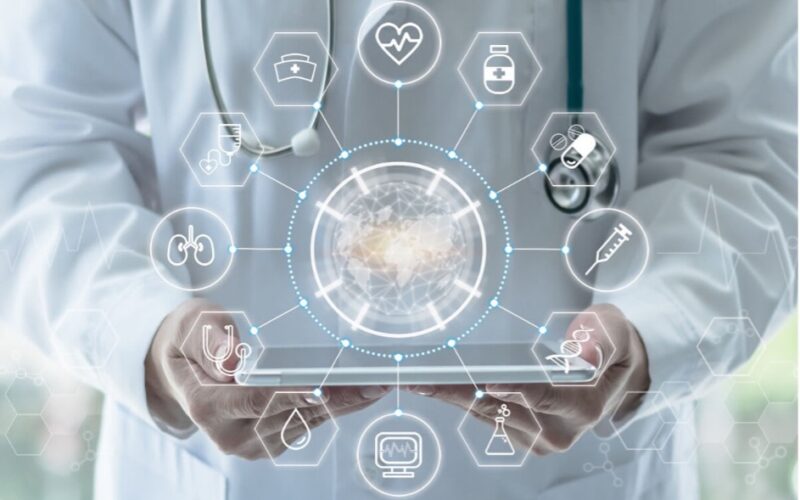
A decade ago, the emergence of “smart” devices expanded their functionality through internet connectivity, introducing us to a new era. Today, this concept has extended to surprising contexts, such as smart buildings that leverage wireless technologies for better facility management and enhanced environments. One notable domain benefiting from IoT-based technologies is healthcare, specifically hospitals. Smart hospitals are revolutionizing healthcare facilities by transforming operations and improving patient care. Let’s delve into how they are applying IoT capabilities to achieve better outcomes in patient care, staff management, operations, and business.
Smart hospitals utilize advanced technologies to digitize physical spaces and gain insights into workflows, asset utilization, patient care, and overall operational efficiency. Based on these insights, they adapt and enhance clinical processes, patient care policies, and general facility management by monitoring the location and movements of people and assets. The ultimate goal is to provide efficient, cost-effective, and safe patient-centred care that overcomes common challenges. Central to achieving this goal is the collection of real-time data on the location and movements of people and assets within digitized workspaces.
The digital transformation of smart hospitals relies on a combination of technologies. Real-Time Location Services (RTLS) and IoT play crucial roles. RTLS involves tracking the movements of targets, including medical devices, equipment, and people, using wireless tags or badges that emit signals to connected devices, providing accurate real-time location data. In healthcare, IoT involves networks of connected devices that generate, collect, and store data, encompassing location data from RTLS, telemetry data, medical images, physiological and vital body signatures, and genomics data. The term Internet of Medical Things (IoMT) is often used to describe connected MedTech products.
To enable seamless communication and information exchange, smart hospitals rely on various technologies. Many IoT deployments in healthcare, including hospitals, utilize Bluetooth® Low Energy, an open-source RF protocol that offers secure communication across IoT devices. Bluetooth® has emerged as a leader due to its scalability across multiple use cases, compatibility with most hardware vendors, integration with infrastructure networking devices, a vast installed user base of Bluetooth®-enabled devices, and longer battery life in Bluetooth® LE devices, resulting in lower maintenance and ownership costs.
Smart hospitals address numerous challenges by harnessing the power of real-time data. The size and complexity of healthcare facilities often lead to organizational control issues, hindering workflow, asset location, and resource allocation. Insight into the number, status, and location of assets is often lacking, forcing reliance on estimates, guesswork, and ad hoc solutions. By leveraging location data and analytics, smart hospitals overcome these challenges and enhance efficiency, patient experience, and resource optimization.
Here are some common challenges faced by hospitals and how smart data is used to address them:
- Problem: Medical Device Management
- Challenge: Difficulty in locating and accessing clean and available medical devices, leading to wasted time and decreased workflow efficiency.
- Solution: Real-time visibility of tagged assets enables staff to quickly locate equipment with the press of a button. It streamlines device retrieval and identifies equipment that needs cleaning, facilitating faster rotation.
- Problem: Inefficient Patient Room Utilization
- Challenge: Lack of real-time information on available patient rooms, leading to bottlenecks, long wait times, and patient dissatisfaction.
- Solution: Real-time visibility of room availability allows immediate decision-making, ensuring patients are directed to available rooms promptly. It improves workflow and enhances patient experience.
- Problem: Indoor Wayfinding
- Challenge: Navigating large healthcare facilities can be challenging for patients, staff, visitors, and vendors, causing anxiety and delays.
- Solution: Bluetooth-powered applications provide real-time maps and turn-by-turn directions, offering a Google Maps-like experience indoors. It simplifies wayfinding and improves visitor experience while reducing reliance on physical signage.
- Problem: Staff Safety and Duress
- Challenge: Healthcare workers, including nurses, face physical assault risks, often in remote areas of the hospital without immediate help.
- Solution: Wearable badges with panic buttons allow employees to send alerts for assistance in duress situations. The real-time location accuracy of the badges enables quick response and ensures staff safety.
The future of healthcare lies in smart hospitals that leverage location-based solutions to achieve efficient operations and better patient outcomes. These solutions are easily implementable, budget-friendly, and scalable for future use cases. Digital transformation in healthcare is reshaping operational processes, eliminating inefficiencies, and creating comfortable and welcoming spaces for patients and staff alike.
Written By: Anissh Babu






